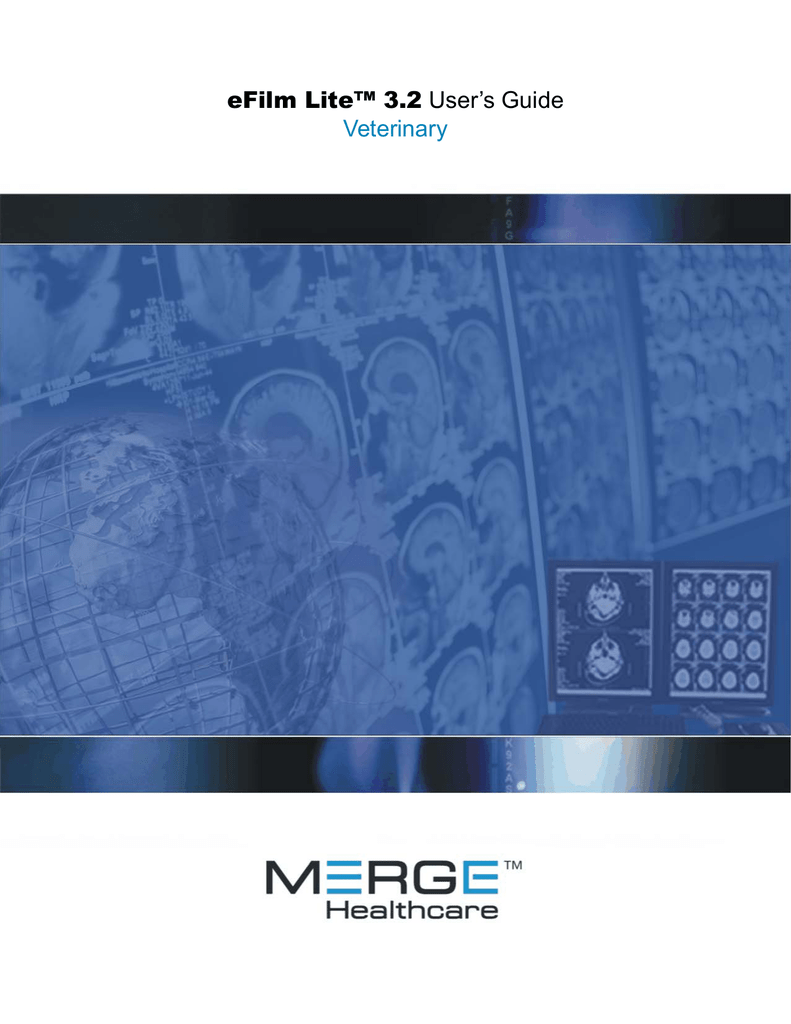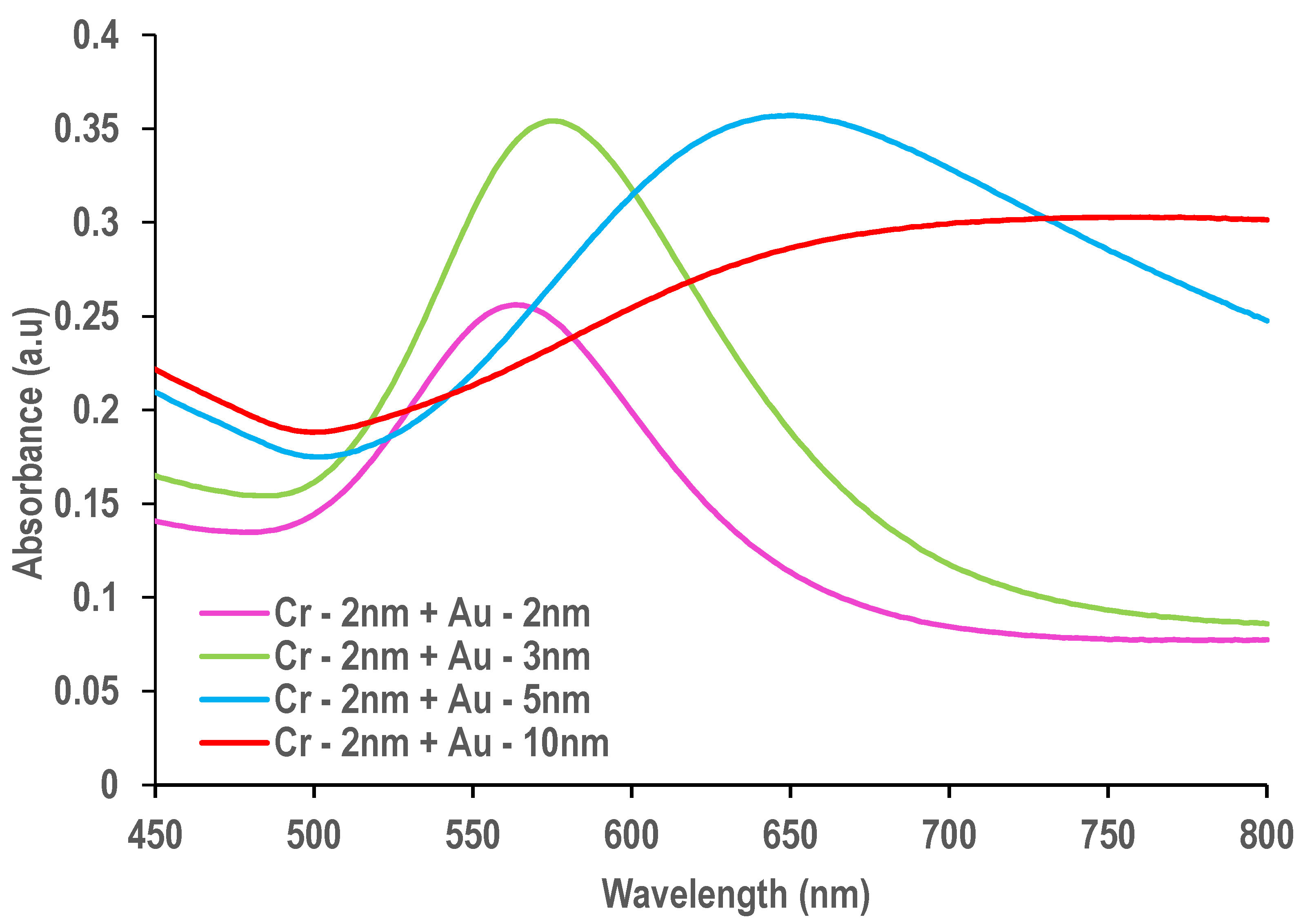


These DTI metrics can be used as quantitative tools to assess peripheral nerve pathology and measure microstructural changes following treatment.Īccurate imaging is imperative in non-invasive treatments such as MRgFUS as faulty targeting could exacerbate comorbidities or depress treatment outcomes. Axial diffusivity (AD), a measure of diffusion parallel to the primary diffusion direction, is sensitive to axonal integrity ( 18). Radial diffusivity (RD), a measure of diffusion perpendicular to the primary diffusion direction, is associated with degree of myelination ( 18). Mean diffusivity (MD), an average of all three orthogonal tensor indices, describes the overall magnitude of diffusion and reflects the degree of water diffusion restriction within tissues regardless of fiber orientation ( 17). Fractional anisotropy (FA) reflects the directionality of diffusion and has been used as a proxy for nerve integrity ( 16). Modeling the movement of water with tensors, called diffusion tensor imaging (DTI), includes metrics for quantitative evaluation of nerve characteristics. Tractography algorithms permit the reconstruction of nervous system fiber connectivity based on patterns of restricted water diffusion ( 16). An understanding of the nerve involvement in these ablation procedures is of great concern whether the nerves are to be targeted directly or to be avoided.ĭiffusion weighted imaging (DWI), an imaging technique sensitive to the movement of water in tissue, has the ability to image nerve fibers and measure their microstructural characteristics in vivo ( 15). Ablation has also been used for cancer pain relief ( 12, 13) and to treat tumors with proximity to neural structures ( 14). Ablation techniques, of which MRgFUS is a potential alternative, have been studied in peripheral nerve-related conditions including painful stump neuromas ( 8), peripheral nerve sheath tumors ( 9), inguinal neuralgia ( 10), and lumbar degenerative disease ( 11). There is great potential in extending the use of MRgFUS to the peripheral nervous system for treating conditions such as spasticity and chronic pain ( 6), which is supported by observations of FUS effects on nerve conduction ( 7). Current clinically approved indications include essential tremor ( 2), prostate cancer ( 3), uterine fibroids ( 4), and bone metastases ( 5). It is non-invasive and does not involve ionizing radiation. Magnetic resonance-guided focused ultrasound (MRgFUS) is a technique to thermally ablate targeted tissue using MR imaging for navigation ( 1). No correlations were observed between FA and other measured parameters.Ĭonclusions: DWI and tractography are effective tools for visualizing peripheral nerve segments for targeting in non-invasive surgical methods and for assessing the microstructural changes that occur following MRgFUS treatment. Transducer output power was positively correlated with lesion volume and temperature and negatively correlated with MD, AD, and RD. DTI metrics in the targeted nerve segments showed significantly decreased FA and increased MD, AD, and RD. Tract disruption was observed after treatment using both CSD and tensor models. Results: The sciatic nerves were successfully reconstructed in all subjects. Histological data was collected for lesion assessment. Temperature was measured in vivo via MR thermometry.

DTI metrics of fractional anisotropy (FA), and mean (MD), axial (AD), and radial diffusivities (RD) were measured to assess acute (<1–2 h) treatment effects. Tensor-based and constrained spherical deconvolution (CSD) tractography algorithms were used to reconstruct the nerves. T1-weighted and diffusion images were acquired before and after treatment. Materials and Methods: MRgFUS was applied bilaterally to the sciatic nerves in 6 piglets (12 nerves total). We present a method of peripheral nerve tract reconstruction and use DTI metrics to evaluate the MRgFUS treatment effect.

There is a need for imaging tools to aid in the visualization and quantitative assessment of treatment-related nerve changes in MRgFUS. Tractography algorithms can reconstruct fiber bundles which can be used for treatment navigation and diffusion tensor imaging (DTI) metrics permit the quantitative assessment of nerve microstructure in vivo. Diffusion weighted imaging (DWI) can visualize and evaluate nervous system microstructure. Objectives: Magnetic resonance-guided focused ultrasound (MRgFUS) is a non-invasive targeted tissue ablation technique that can be applied to the nervous system.


 0 kommentar(er)
0 kommentar(er)
